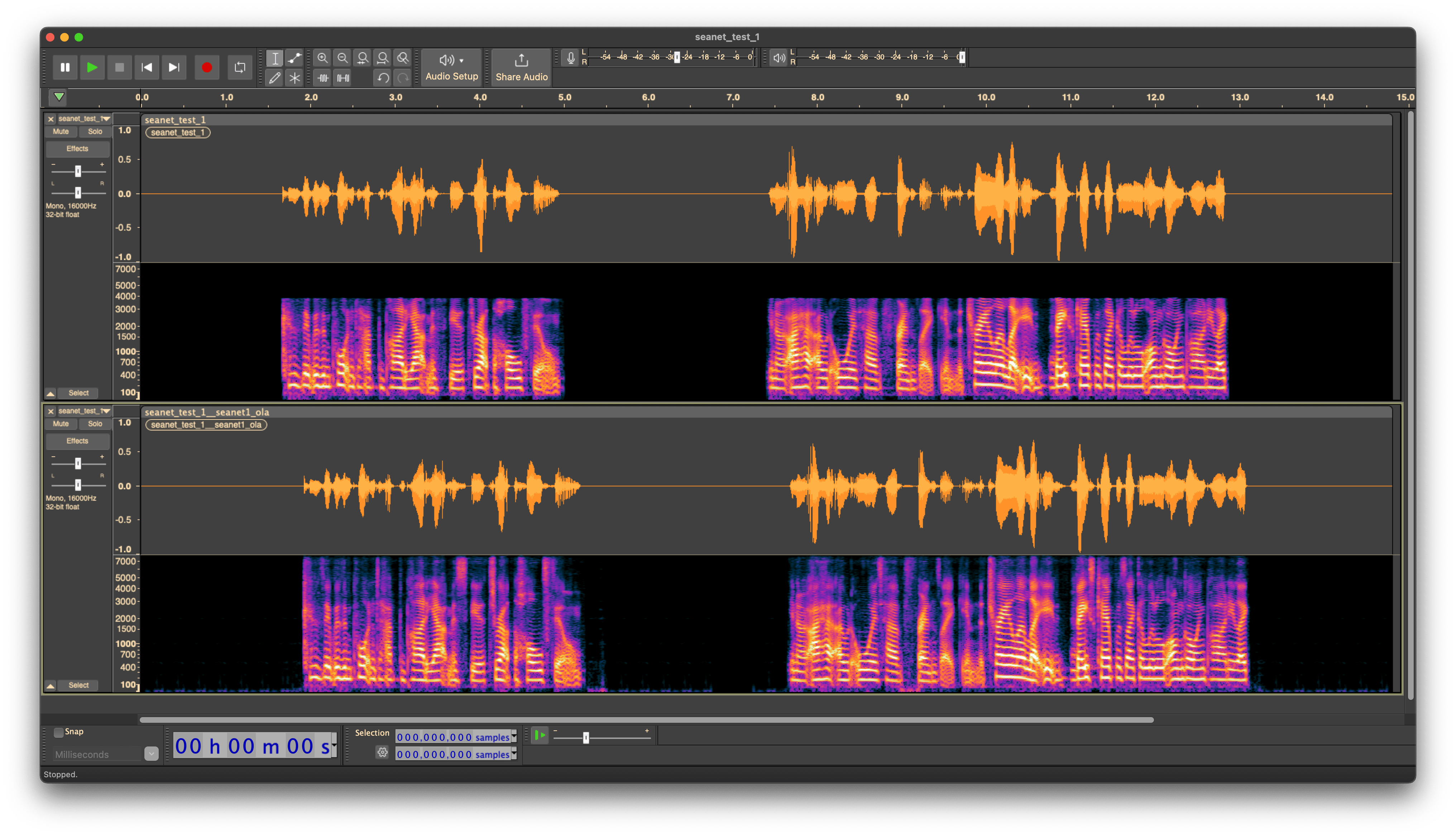As companies work to reduce their carbon footprint, there's one area they might not have thought about — their digital consumption.
The internet is a major polluter and represents two to four percent of global greenhouse gas emissions, which is on par with the aviation industry.
An average person streams, on average, five hours of content a day, resulting in up to 1.57 million tonnes of CO2 emissions released, or 0.57 billion tonnes a year.
In response, companies are pioneering efforts to minimise the carbon footprint of audio and video streaming, demonstrating that technological advancements can align with environmental responsibility.
Rob Reng, CTO at IRIS Audio, became interested in sustainability in audio after reading an article about the impact of streaming. IRIS Clarity uses AI to isolate voices and eliminate noise from both sides of customer calls and meetings.
Streaming a song uses double the battery life of playing a downloaded song.
And even worse, New Statesman data analysis shows the carbon footprint of Spotify streams of Olivia Rodrigo's single "Drivers License" since January 2021 is greater than flying from London to New York and back 4,000 times, or the annual emissions of 500 people in the UK. The song has been streamed over a billion times and is not the only one.
As Reng notes, for many of us, "YouTube, Spotify, Alexa, Siri — they're on all day for a lot of people."
In response, IRIS Audio builds its algorithms to run lean and use the minimum resources to complete the operations.
Reng shared:
"We spend months optimising them to be downsized and reduced, enabling them to use very low CPU and memory.
Our early experiences of running our original IRIS Engage algorithm on a microchip within our IRIS Flow headphones set us up well to make the most of minimal resources and operate with low overheads, which means we can now go easy on the battery of laptops and phones."
You have permission to turn off your camera
Reng shared that turning off the camera during a one-hour virtual meeting could cut the emissions footprint of the call to 4 percent of what it would've been with the camera left on. – video meetings emit almost 25x more carbon dioxide than audio calls.
However, the audio quality can make or break a call’s success. especially for contact centre agents, who spend their working days on calls.
For example, the image below shows what is happening to the audio before and after its processing. The top sample is a typical compressed voice via telephone communications (G711 codec) - you'll see the audio is aggressively chopped at 4khz — all the high-frequency content is completely gone.
This second sample below shows the frequency being accurately reconstructed by the IRIS Audio algorithm, hugely helping with intelligibility and providing a 'natural' sounding audio stream.

Reng notes that Spotify is on track to release its long-anticipated Spotify HiFi — a lossless audio tier that will allow subscribers to listen to music at CD quality.
But while lossless audio ensures there shouldn’t be any loss of quality, it does mean it eats up more data — and so energy — to stream. But by expanding the audio on the listeners’ end, file sizes can be kept small along with energy usage — ensuring low carbon emissions and high clarity.
Adaptive streaming for sustainability
I'm sure I'm not the only person guilty of leaving a YouTube video or Spotify streaming while I am doing something in another room.
SeenThis is a Swedish company that transforms digital advertising by using its proprietary adaptive streaming for video and images, resulting in minimal load times and without compromising on quality.
This helps media buyers create a scalable, cost-effective, and sustainable video in display.
The company has developed adaptive streaming. Its ads stream only when in view and pause when out of view. This means that data is only transferred while being consumed by the user, avoiding the data waste related to excessive buffering and content loading offscreen.
Similarly, French company VITEC Technologies has developed a SmartLink function for ChannelLink IP gateways. It monitors video streams and detects if one is no longer being used. When this happens, the IP stream will automatically stop transmitting to save power.
And what about the big players?
Digital Service Providers such as Spotify, Apple, Amazon, and Netflix are all committed to reaching net zero. They’re part of DIMPACT, a collaborative project that brings together world-class researchers from the University of Bristol and several of the most innovative media and technology companies.
The initiative has developed a tool to measure, understand, and ultimately reduce the emissions of serving digital media and entertainment products. Currently, the DIMPACT tool estimates the emissions associated with video streaming, online banner advertising, digital publishing, and audio streaming, but there are also plans to extend its capabilities to measure audio streaming and video conferencing soon.
Lead image: Freepik



Would you like to write the first comment?
Login to post comments